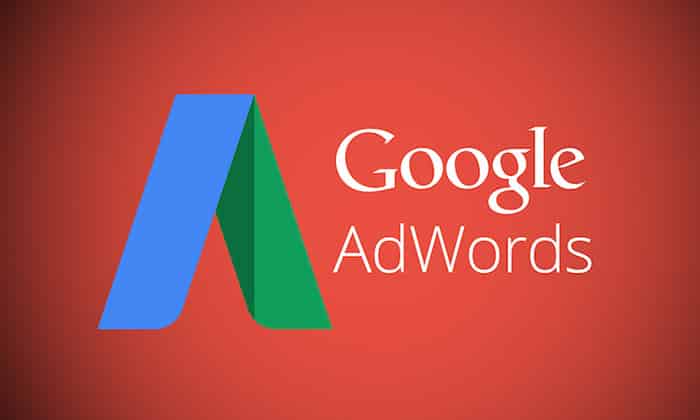Anyone can set up and launch a campaign. These days, platforms are extremely user-friendly with tons of great documentation and how-to guides to help entrepreneurs and side-hustlers promote their killer products and services. But just because anyone can do it, doesn’t mean they can do it well. Diving straight into the deep end of online ads isn’t going to get you the results you’re looking for. This isn’t something you can just throw money at, either.
So how do you run a successful campaign? It starts with planning. How well do you know your audience? How’s your user experience? Before you spend a dime, you need to put in the time to think about these things. You can’t build on a faulty foundation. And when dealing with campaigns, your foundation is your strategy.
I’m not going to lie to you, campaign planning isn’t the most glamorous or sexy task, especially when you have leads on the brain. But it’s important. It lays the groundwork for a successful campaign and will make Future You’s life that much easier.
The Process
Our strategy docs are broken down into 5 main sections: objectives, audience profiling, campaigns, platforms, and measuring results. Let’s run through them.
Campaign Objectives – Start by listing the objectives you hope to achieve. Be realistic and don’t cast the net too wide. If you try to make everything important, then nothing is. Focus on a few high priority goals. It also helps if these goals can be measured, for example, driving traffic to your website or getting people to sign up for your newsletter.
Audience Profiling – Unplug your campaign brain for a second and think about who your prospective customers are as a whole. If possible, divide them into distinct groups or personas based on their prominent values and characteristics (ie. Corporate Chris, Small Business Sam, Techy Tyler, etc). This step is critical, as profiles will help you determine the most effective messages and platforms to deploy. Get specific about who they are as people both in and outside of the workplace – this will help you set your targeting later. Think about things like age, gender, job titles, education, interests, challenges, business goals, personal goals, big life events, groups they may be part of, publications they read, etc.
Campaigns – Now you’re ready to start to zero in on your campaign(s). Based on your objectives, you can determine which of your audience groups/personas you’ll be going after and the platform mix you’ll use to reach them. This could lead you to run one campaign or several depending on who and how you’re targeting.
Platforms – Every ad platform has its own strengths, demographics, and unique campaign settings. Many also give you the ability to forecast your audience size based on your parameters. As you go through the exercise of building your audiences and setting up your campaigns, make sure you write down your selections. This will not only make your launch go smoother (and save you from any unfortunate platform glitches!) but help with ongoing optimizations and future campaigns.
Measuring results – Once your campaign is up and running I know you’ll be watching your results like a hawk. But what are you watching for? This is where you define what a ‘successful’ campaign looks like to you. Whether your goal is awareness, website traffic, demo signups, product purchases, etc. always be realistic with your targets.
Sure, many campaigns go through on-the-fly optimizations, like new budget allocations and general fat-trimming, but that’s no excuse for skipping out on the real work. Clicks cost money. Do your due diligence with the campaign strategy or be prepared to pay the price.
Original Source: feedproxy.google.com





